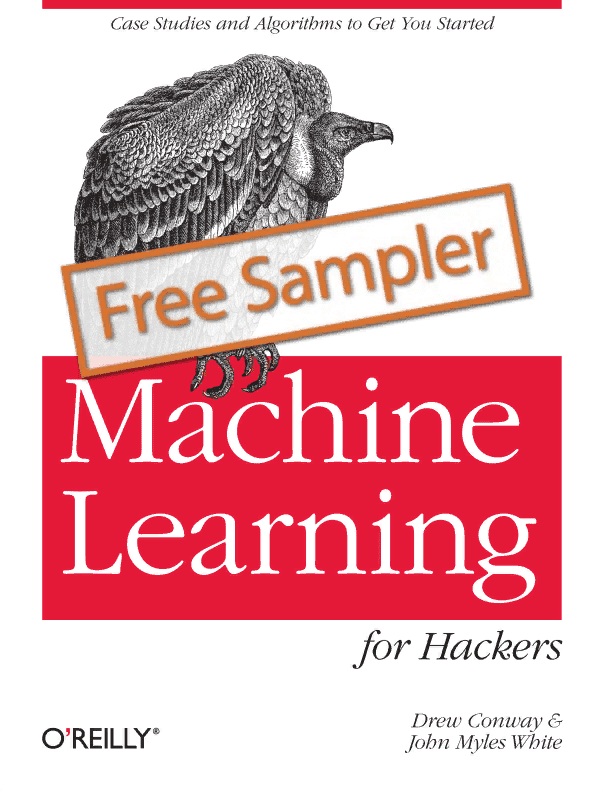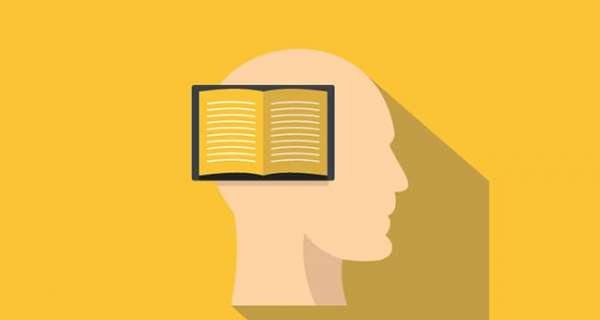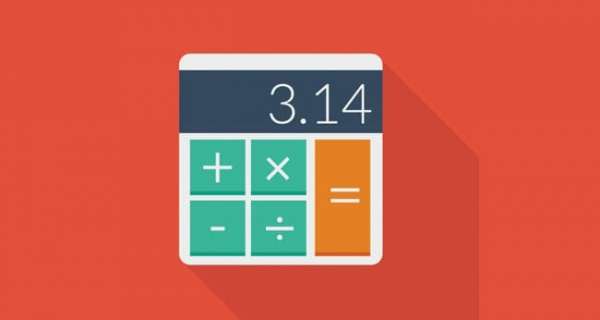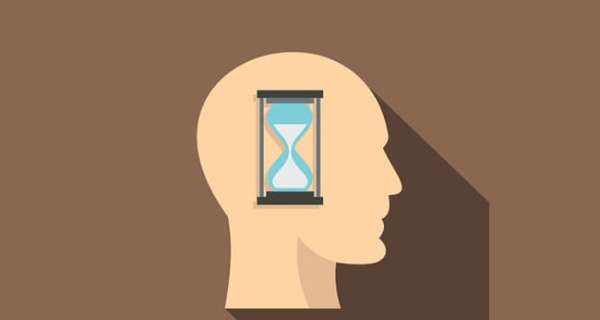
This contrast makes it easier to understand the term machine learning: Machine learning is concerned with teaching computers something about the world, so that they can use that knowledge to perform other tasks. In contrast, statistics is more concerned with developing tools for teaching humans something about the world, so that they can think more clearly about the world in order to make better decisions.
In machine learning, the learning occurs by extracting as much information from the data as possible (or reasonable) through algorithms that parse the basic structure of the data and distinguish the signal from the noise. After they have found the signal, or pattern, the algorithms simply decide that everything else that’s left over is noise.
For that reason, machine learning techniques are also referred to as pattern recognition algorithms. We can “train” our machines to learn about how data is generated in a given context, which allows us to use these algorithms to automate many useful tasks. This is where the term training set comes from, referring to the set of data used to build a machine learning process.
The notion of observing data, learning from it, and then automating some process of recognition is at the heart of machine learning and forms the primary arc of this book. Two particularly important types of patterns constitute the core problems we’ll provide you with tools to solve: the problem of classification and the problem of regression, which will be introduced over the course of this book.
Скачать книгу можно бесплатно по данной ссылке: Скачать




































0 Комментарии